Lunch with Dibbuk
Interview with Dayan David Oualid, director of Dibbuk
Are there any real concepts in Dibbuk or is it completely made up?
The whole exorcism ritual is authentic. I didn’t make any of that up. I studied the subject for several months and tried to stick as closely as possible to the ritual as it’s described in the different works and testimonials I was able to get a hold of and read. My intention was to have a documentary approach in reenacting the ritual. Obviously the demon is a fantasy figure, but it’s very alive in the contemporary Jewish imagination.
Your character uses the internet to do research, in particular with regard to exorcism. Why did you want the information to be available online rather than preserved exclusively in synagogues and specialized libraries? Do you yourself tend to privilege internet research?
To the crew, I often talked about the film like a dusty old tome in a brand new library, or a scan of an ancestral engraving. Just like having the fantastic break out of a generally realistic world. Blending ancient practices into a modern context was one of my main concerns as I was writing. Despite the character’s marginalization, I wanted to place him in a contemporary world where dusty old tomes can stand next to obscure forums. He uses social networks, but in a particular way, to find what he needs in places where very few people would go looking but where he knows he’ll find answers. I intentionally drew a connection between my own research on the subject and the character Dan’s. Above and beyond my very delicate approach to ancient works, I had to interweave the information I obtained with information from new sources. On more than one occasion, I found it necessary to make enquiries on specialized forums and dig through sites that archive inaccessible documents that I would not have been able to consult otherwise. Moreover, exorcism is still a highly taboo subject today within the Jewish community. During my research, it happened that I was confronted by pious men and rabbis who completely refused any communication with me. Some even went so far as to spit on the ground in order to ward off the evil eye if I broached the topic. So the internet was also an easy way for some of my correspondents to communicate with me anonymously.
To what degree are you interested in the question of religion and do you see yourself making other films on the subject?
The question of faith intrigues me more than the question of religion so to speak. I’m also very interested in esotericism and mysticism in general, even though given my identity and the education I received, Jewish mysticism intrigues me above all. I have several projects in mind, suited to different formats, a few of which I’ve already begun writing. At the same time, even though I think I sometimes approach subjects from the perspective of the Jewish community, my ambitions are varied, ranging from science fiction to social comedy and military dramas.
To what degree are you interested in the question of responsibility and the weight of responsibility in Dibbuk?
There’s a more conceptual reading underlying Dibbuk which to some degree transcribes what creating a film is in a context that I might call “Guerilla filmmaking”, i.e. with little or no money and at breakneck speed. For five years now, with the Association des Jeunes Cinéastes Indépendants, I’ve been producing a number of audiovisual projects, including several first short films. From my experience, making a film means to some extent exorcizing a filmmaker’s vision, providing them with a competent crew, giving them the necessary tools to finally manage to capture their vision and put it in a box. In the end, the producer is responsible for all these films, and also of unburdening the filmmakers of all the ideas they’re beset by and that they’re having trouble getting rid of on their own. When you delve into the Kabbalah, you find out that anyone who possesses a Dybbuk box will go mad. So to my mind, producers are necessarily a bit mad also.
How did you work out the tempo of the scenes and the musical composition?
For the film, you could say that I composed the scenes to the tempo of the music. I wrote the script while listening to pieces by the clarinetist YOM (Guillaume Humery) and I became a real fan of his music. After seeing him in concert, I got in touch with him through social media and he very graciously agreed to give us the necessary rights to use his music. So from the cutting stages, I had a clear idea of the tempo to give each scene. This was our first collaboration and we hit it off immediately. We’re currently working together on another project, but this time he’ll compose original music.
The female character in the film wears a veil to cover her hair. Nowadays, that article of clothing is at the center of numerous debates. Why did you choose it for your heroine?
I very much wanted to approach this film and these characters in a documentary way. Sarah and Eli both belong to an orthodox community situated in the 19th arrondissement of Paris, so we had to be faithful to a certain reality when portraying them. Religious, married Jewish women often wear wigs which they can sometimes replace with a scarf inside the house since it’s less restrictive to wear.
Have you discovered any advantages that the short film form offers?
Definitely, as a producer! Since the film was produced completely independently, a feature film would not have been feasible. We were able to make Dibbuk in a relatively short time given its format by bringing together very highly-qualified technicians for a reasonable period. The short form also made it easier to distribute the film subsequently and give it life at festivals where it could meet its audience. As a director, the production time for the film also allowed me to treat it like an artistic gesture, something raw and logical that I could stick to throughout its development. I initially felt the short form was too restrictive for developing my story, fitting in all of topics I wanted to broach. So I had to leave aside certain aspects of the narration and the world I was depicting and only touched on certain topics that I would liked to have developed more fully. Nevertheless, I am aware that that is also what makes the subject genuinely effective. That forced me to concentrate on only one character’s point of view, to piece together his vision and experience through which we gradually understand everything else, and that eventually really strengthened the film in my opinion. I think the format also helps to open an easier access point for the viewer, towards a particular world that they might be reluctant to explore. A kind of new fantastical reality that you might encounter before diving into a novel.
Which films did you draw from?
From the writing stages, I knew I wanted to adopt a fluid, classical cinematic language. My desire to fit the film into a realistic world led me to present the film’s fantastic elements in the simplest of ways. In Maurice Pialat’s film Under the Sun of Satan (1987), the idea that the divine is never directly manifested in an image but rather through editing cuts attracted me quite a bit. That was my guiding principle for cutting, trying to get as far from sensationalism as possible and sticking closely to the characters’ feelings. Obviously, since I knew I was tackling a very specific and heavily exploited genre, I drew from a great number of films that deal with exorcisms and the occult, William Friedkin’s classic The Exorcist (1973) and Liam Gavin’s A Dark Song(2015) as well as Mikael Håfström’s The Rite (2011), not to mention The Dybbuk by Michal Waszynski (1937). With regard to developing the character and the esoteric world around him, I leaned heavily on Angel Heart by Alan Parker (1987), Roman Polanski’s The Ninth Gate (1999) and Constantine by Francis Lawrence (2005). Robert Eggers’ film The Witch (2015) was very important when I was working with my technical crew to determine the demon’s visual aspect and sound for Dibbuk. I also had in mind films such as Two Days, One Night by the Dardenne Brothers (2014) for staging marginalization and solitude, and François Ozon’s Ricky (2009) for its handling of the fantastic within a contemporary social setting.








